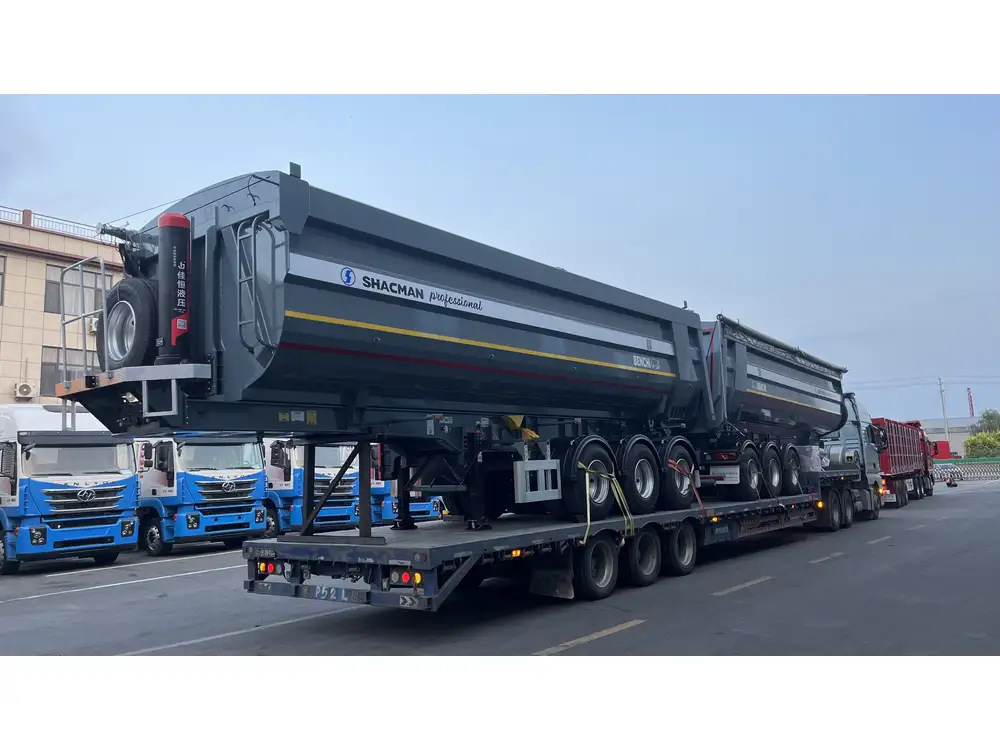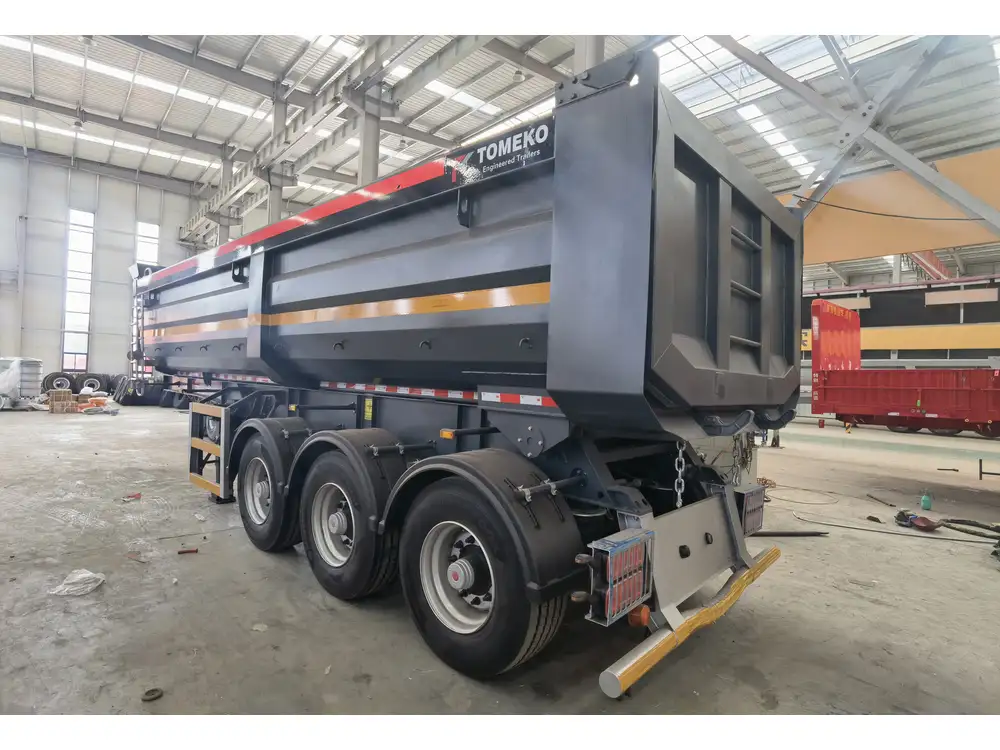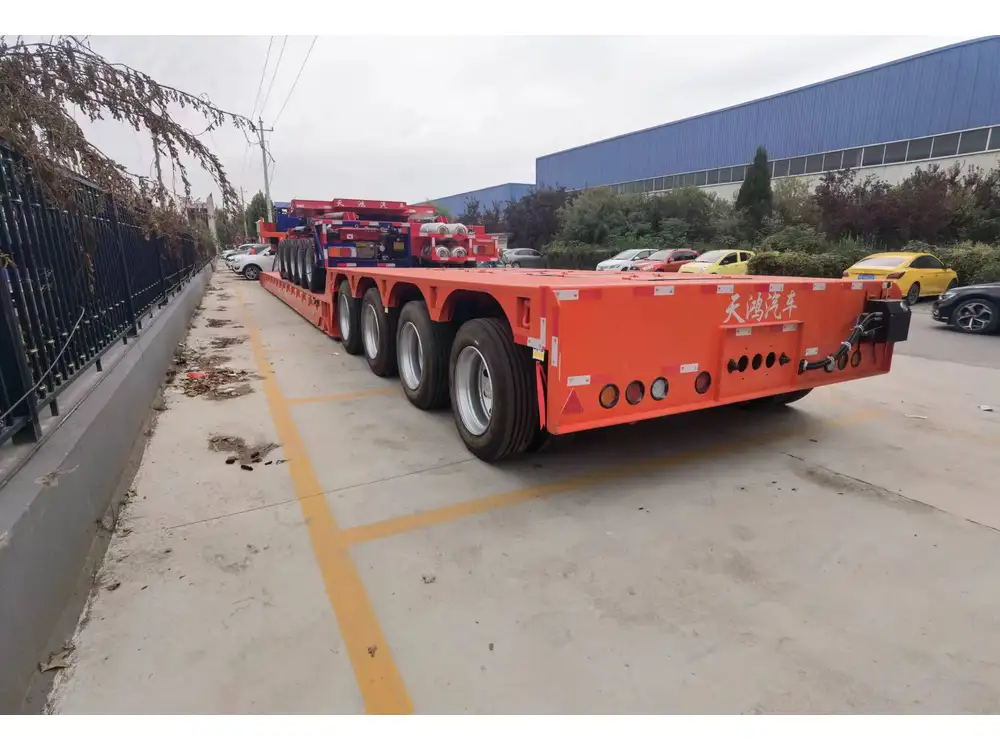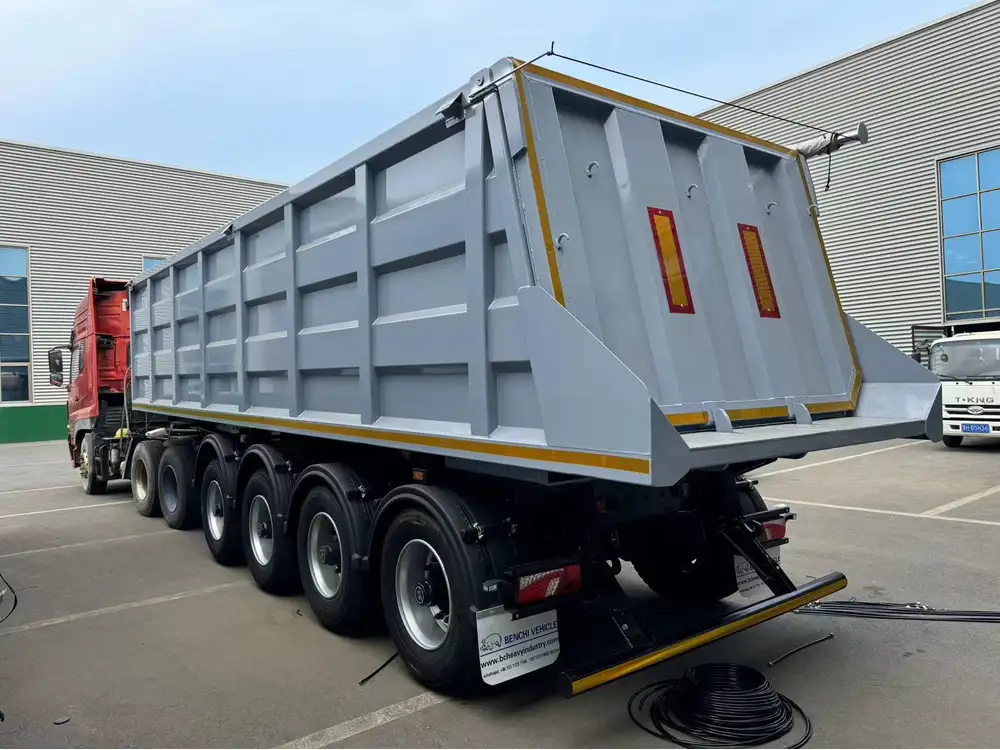Flatbed trailers have become a staple in the transportation industry, known for their versatility and ability to carry oversized loads. As a crucial component of the logistics and shipping sector, flatbed trailers are used to transport a variety of goods, including machinery, lumber, and heavy equipment. However, there’s a frequently asked question that arises: Do flatbed trailers need a headboard? In this article, we will dissect this topic in detail, exploring the function and necessity of headboards, legal requirements, benefits, and why having one might be essential for your operations.
Understanding Flatbed Trailers
What Is a Flatbed Trailer?
Flatbed trailers are characterized by their open platform design, which lacks sides or a roof. This design allows for easy loading and unloading from all angles—a significant advantage for handling large and awkwardly shaped materials.
| Attributes | Specifications |
|---|---|
| Length | Varies typically from 20 to 53 feet |
| Width | Standard width is 8.5 feet |
| Weight Capacity | Varies by model; generally between 48,000 to 60,000 pounds |
| Axle Configuration | Single, tandem, or tri-axle options available |

Common Uses of Flatbed Trailers
Flatbed trailers are primarily used in various sectors, such as:
- Construction: Transporting heavy machinery, construction materials, and equipment.
- Agriculture: Moving large agricultural machinery and supplies.
- Manufacturing: Carrying heavy or oversized products.
- Shipping: Facilitating the shipment of goods that don’t fit neatly into standard trailers.
The Concept of Headboards
What Is a Headboard?
A headboard, also known as a headache rack, is essentially a protective barrier that sits at the front of the flatbed trailer. Its primary function is to prevent loads from shifting forward and potentially causing a hazard to the cab and driver.

Design Features of Headboards
Headboards can vary significantly in design and material, including:
- Metal Types: Steel, aluminum, and even composite designs for weight savings.
- Height and Width: Standardized to fit various trailer sizes.
- Integration: Some headboards come with integrated storage solutions or gear racks for added functionality.
Do Flatbed Trailers Legally Require Headboards?
The legality of headboards on flatbed trailers can depend on several factors including:
- State Regulations: Various states may have specific requirements regarding the use of headboards for certain loads.
- Load Types: Requirements can differ based on whether you’re transporting loose materials or larger machinery.
Federal Guidelines
The Federal Motor Carrier Safety Administration (FMCSA) does not have explicit rules about headboards, but they emphasize maintaining load security to prevent dangerous shifts. In contrast, state laws may have more stringent requirements. It’s advisable to check local regulations before making a decision about headboards.

Benefits of Having a Headboard
Enhanced Safety
One of the most compelling arguments for installing a headboard is the increased safety it provides.
- Protection Against Shifting Loads: A headboard acts as a barrier, guarding the cab and operators against sudden shifts in cargo.
- Reduced Risk of Accidents: By preventing loads from rolling back against the driver’s compartment, there is a significant reduction in potential accidents.
Load Stability
- Load Management: A headboard not only stabilizes loads but also features tie-down points for securing cargo more efficiently.
- Improved Weight Distribution: Headboards can aid in managing weight distribution across the trailer, contributing to better handling and performance on the road.

Weather Resistance
- Enhanced Protection: While flatbed trailers expose loads to the elements, a headboard provides an additional layer of protection against wind, rain, and debris.
Aesthetics and Company Branding
- Professional Appearance: A well-designed headboard can enhance the overall aesthetic of a trailer, contributing to a professional appearance.
- Brand Opportunities: Some companies use headboards as a space for branding or advertising, providing additional visibility on the road.
Considerations When Installing a Headboard

Material Selection
Different materials offer various strengths and weaknesses:
- Aluminum: Lightweight but may compromise strength.
- Steel: Durable but heavier, contributing to the overall trailer weight.
- Composite: Often balanced but can also be costly.
Headboard Design
The design can greatly influence functionality:
- Adjustable Options: Headboards that can be adjusted provide flexibility for different cargo types.
- Integrated Features: Look for options with built-in storage features or attachments for securing cargo effectively.
Installation Method
- DIY vs. Professional Installation: Depending on your mechanical skills, you can opt for professional installation. However, many headboards come with straightforward installation guidelines for those inclined to do it themselves.

Common Misconceptions About Headboards
“Headboards Are Only Necessary for Heavy Cargo”
It’s a myth that headboards are only crucial for transporting heavy items. Even lighter loads can shift unexpectedly, and a headboard can prevent potential hazards in such situations.“They Are Not Required for Legal Compliance”
While legal obligations may vary, safety regulations emphasize proper load management, which headboards significantly enhance.“All Flatbed Trailers Come with Headboards”
Not all flatbed trailers feature headboards; hence, many operators might need to retrofit them.
Conclusion: The Case for Headboards on Flatbed Trailers
In summary, while flatbed trailers do not universally require headboards, their presence offers undeniable advantages. From enhancing safety by preventing accidents to ensuring load stability and improving operational efficiency, the benefits of headboards greatly outweigh the costs.
Ultimately, whether you are operating a fleet of flatbed trailers or just managing your own, considering a headboard’s integration into your transport strategy could enhance safety, efficiency, and professionalism.
Key Takeaways
- Safety First: Protects drivers from shifting loads.
- Regulatory Check: Always consider federal and state regulations.
- Material Matters: Choose the right material for your specific needs.
- Aesthetic Value: Enhances the professional appearance of your vehicle.
By carefully weighing the benefits and potential enhancements a headboard can bring to your flatbed trailer operation, you can make an informed decision that promotes both safety and efficiency, ensuring your business thrives in a competitive market.



